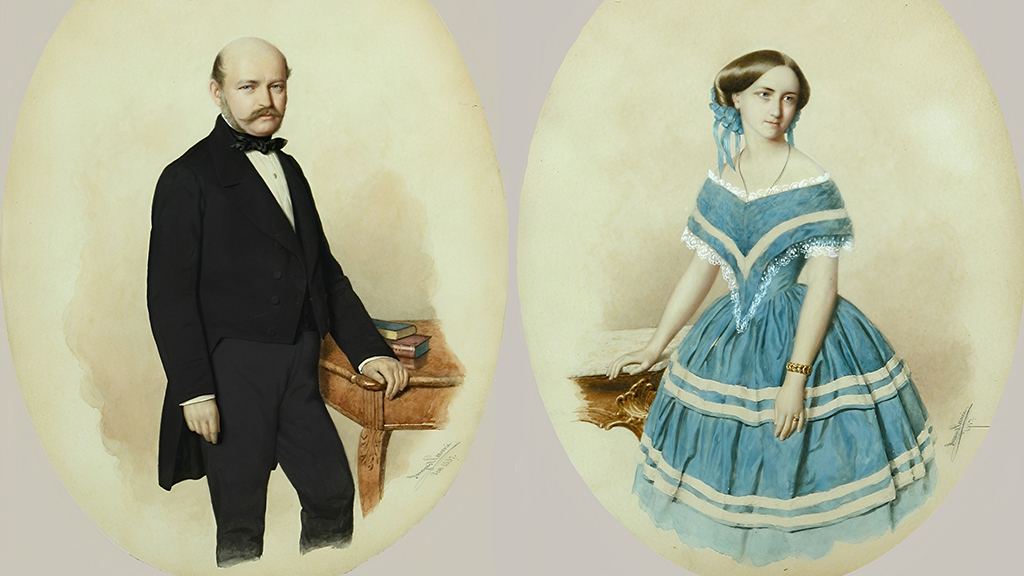Abstract
This case describes the pioneering work of Ignaz Semmelweis and his efforts to remedy the problem of childbed fever in mid-19th century Europe. Its purpose is to teach students about the scientific method by "dissecting" the various steps involved in this important, historical medical breakthrough. The case is an interrupted case, that is, students receive only one piece of information at a time, followed by discussion, before moving on to the next piece of information to solve the mystery.



